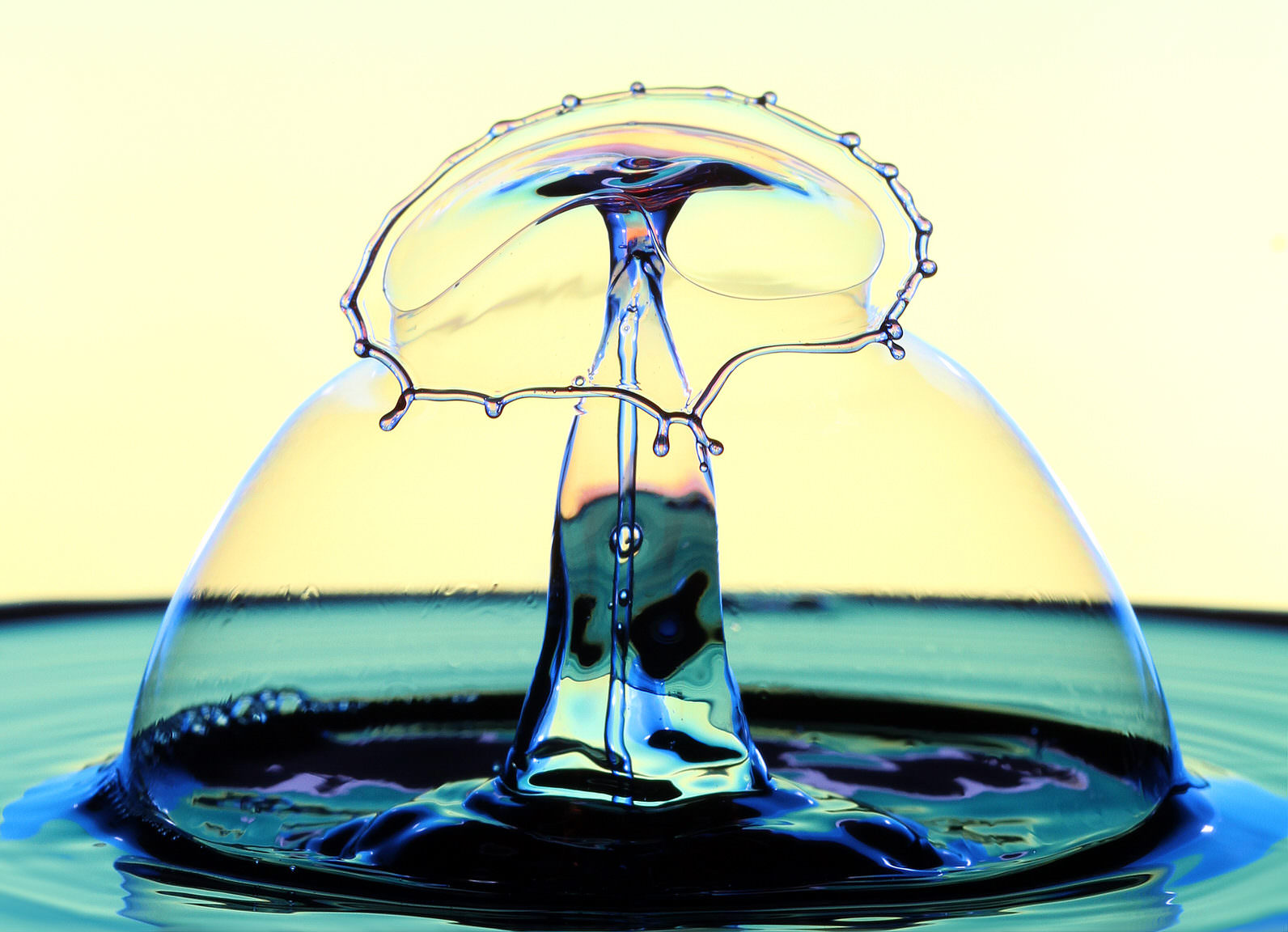The Fluid Lens: photography and the Ever-Changing Canvas of Water
Water, in its myriad forms, has captivated artists and photographers for centuries. Its inherent dynamism, its reflective qualities, and its capacity to evoke a range of emotions make it an endlessly compelling subject. From the tranquil stillness of a mountain lake to the tempestuous fury of a crashing wave, water offers a visual language that speaks to the ephemeral nature of existence and the profound connection between humanity and the natural world. This article explores the diverse ways photographers engage with water, delving into the techniques, artistic approaches, and emotional resonance that emerge when the lens meets the liquid.
Water’s visual character is defined by its ability to reflect, refract, and absorb light, creating a constantly shifting tapestry of textures and tones. Understanding these properties is crucial for capturing its essence.
Reflection: Mirroring the World

Water’s reflective surface can act as a natural mirror, doubling the visual impact of a scene. Photographers often utilize this property to create symmetrical compositions, capturing landscapes with a sense of serenity and balance.
Refraction: Distorting Reality
When light passes through water, it bends, creating refraction. This phenomenon can distort underwater subjects, creating surreal and abstract images.
Movement: Capturing the Ephemeral
Water is inherently dynamic, constantly in motion. Capturing this movement requires a keen understanding of shutter speed and composition.

Capturing the beauty of water landscapes requires a combination of technical skill and artistic vision.
Composition: Framing the Fluid World
Composition is crucial for creating compelling water landscapes. Leading lines, such as rivers or coastlines, can guide the viewer’s eye through the image.
Lighting: Illuminating the Depths
Light is essential for capturing the nuances of water. Different lighting conditions can create dramatically different moods and effects.
Filters: Enhancing the Visual Experience
Polarizing filters can reduce glare and reflections, enhancing the clarity and saturation of water landscapes.
Beyond technical proficiency, water photography offers a canvas for artistic expression.
Abstract Photography: Exploring the Essence of Water
Abstract photography focuses on capturing the patterns, textures, and forms of water, rather than its representational qualities.
Underwater Photography: Venturing into the Depths
Underwater photography opens up a world of visual possibilities, capturing the vibrant colors and diverse life forms that inhabit the aquatic realm.
Black and White Photography: Emphasizing Texture and Form
Black and white photography can emphasize the textures, forms, and contrasts of water, creating dramatic and evocative images.
Water has a profound emotional impact, evoking feelings of tranquility, awe, and even fear.
Tranquility: Finding Peace in Still Waters
Images of calm lakes, serene rivers, and gentle waves can evoke a sense of peace and tranquility.
Awe: Witnessing the Power of Nature
Images of crashing waves, powerful waterfalls, and stormy seas can evoke a sense of awe and wonder at the power of nature.
Fear: Confronting the Unknown Depths
The vastness and mystery of the ocean can evoke a sense of fear and apprehension.
Water is a powerful symbol and metaphor, representing a range of concepts and emotions.
Life and Death: The Cycle of Existence
Water is essential for life, representing fertility, growth, and renewal.
Change and Transformation: The Fluidity of Time
Water is constantly changing, representing the fluidity of time and the ephemeral nature of existence.
Purity and Cleansing: Renewal and Rebirth
Water is often associated with purity and cleansing, representing spiritual renewal and rebirth.
Water, in its diverse forms and moods, continues to fascinate and inspire photographers. Its ability to reflect, refract, and move creates a constantly shifting canvas, offering endless opportunities for artistic expression. From capturing the tranquil stillness of a mountain lake to the tempestuous fury of a crashing wave, water photography allows us to explore the profound connection between humanity and the natural world. By understanding the technical aspects of capturing water and embracing its emotional resonance, photographers can create images that not only document its beauty but also evoke a sense of wonder and awe. The fluid lens, when focused on water, reveals a world of endless possibilities, where light, movement, and emotion converge to create timeless and captivating images.
